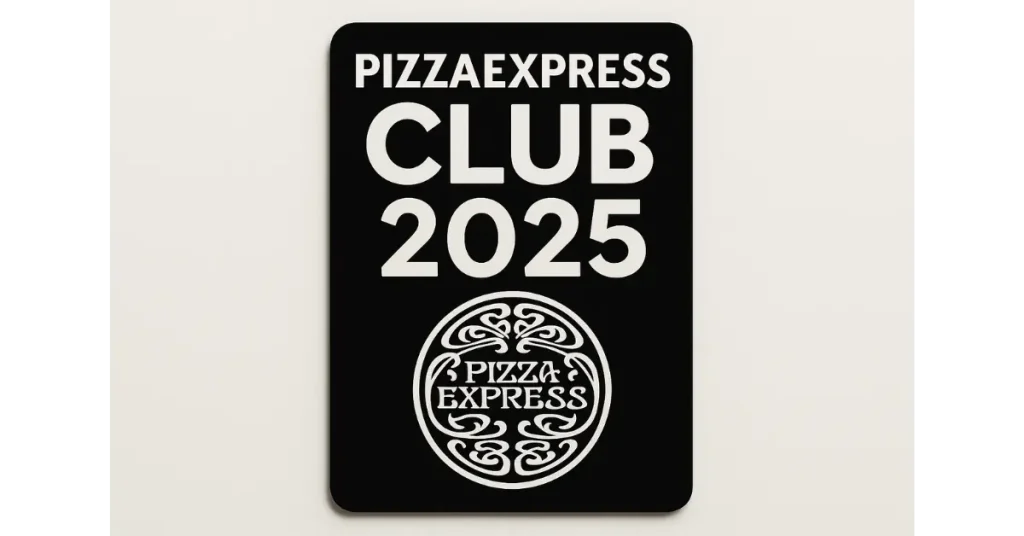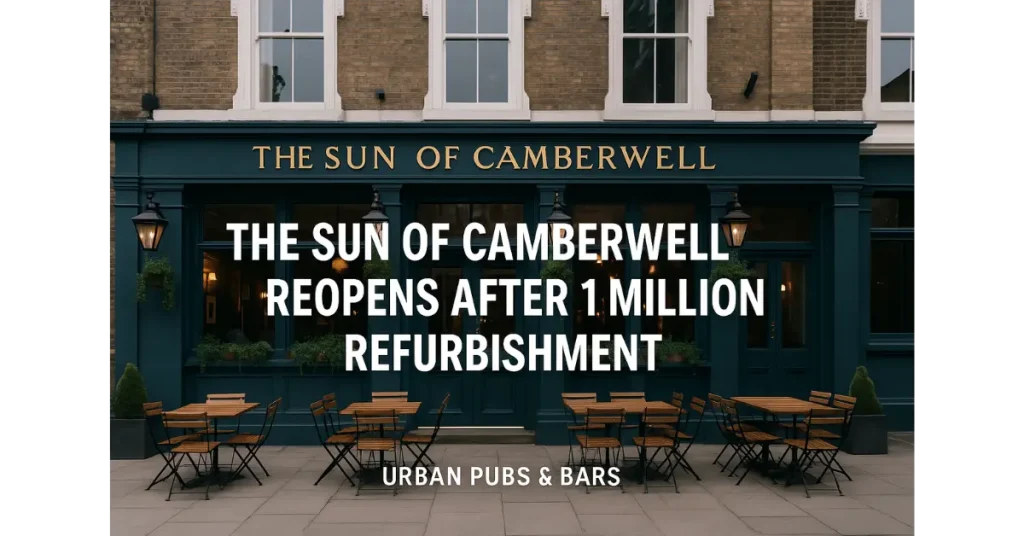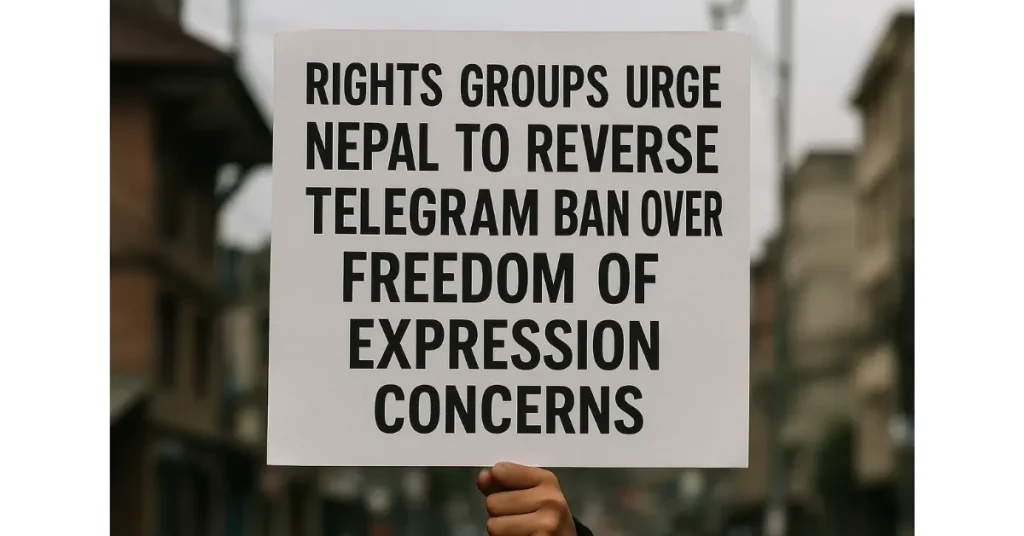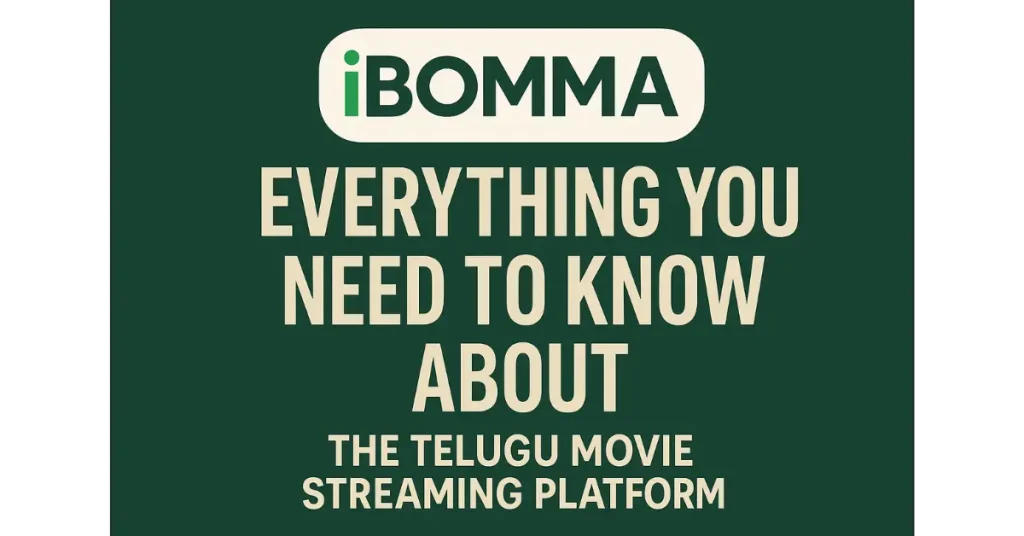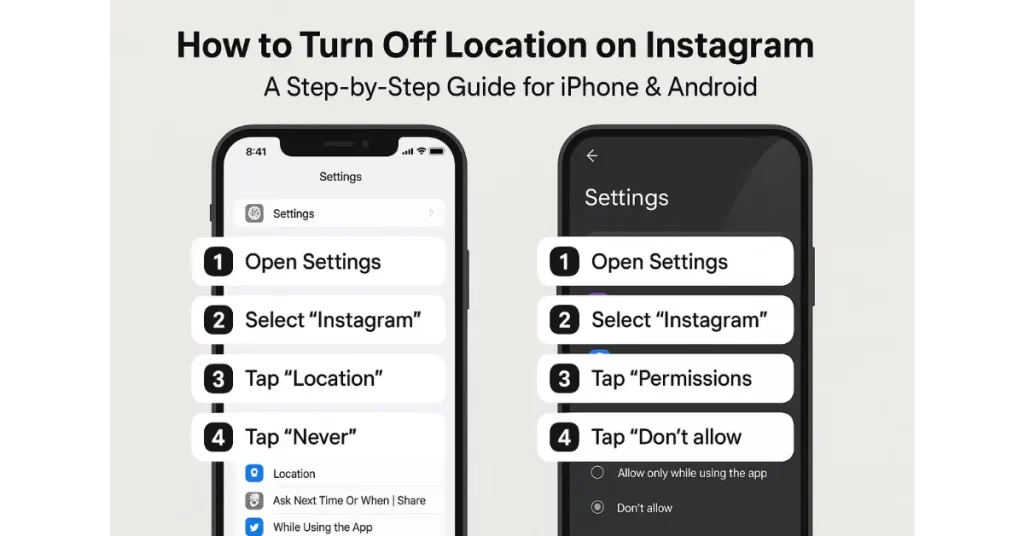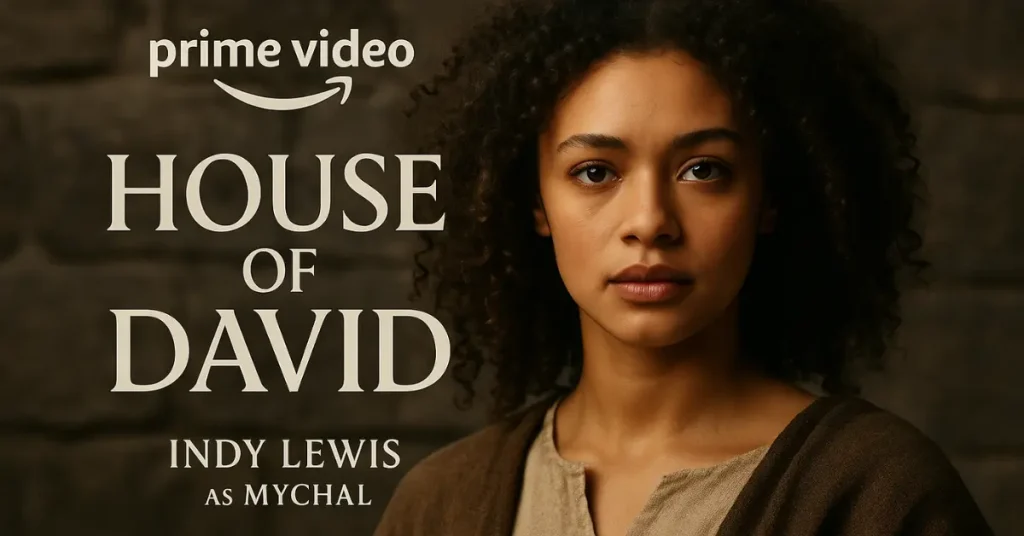Posted inNews
Trent Alexander-Arnold Omitted from England Squad as Djed Spence and Elliot Anderson Earn First Call-Ups
England’s footballing landscape has witnessed a seismic shift this week as Trent Alexander-Arnold—Liverpool’s former stalwart now plying his trade at Real Madrid—was left out of Thomas Tuchel’s 24-man squad for the…


